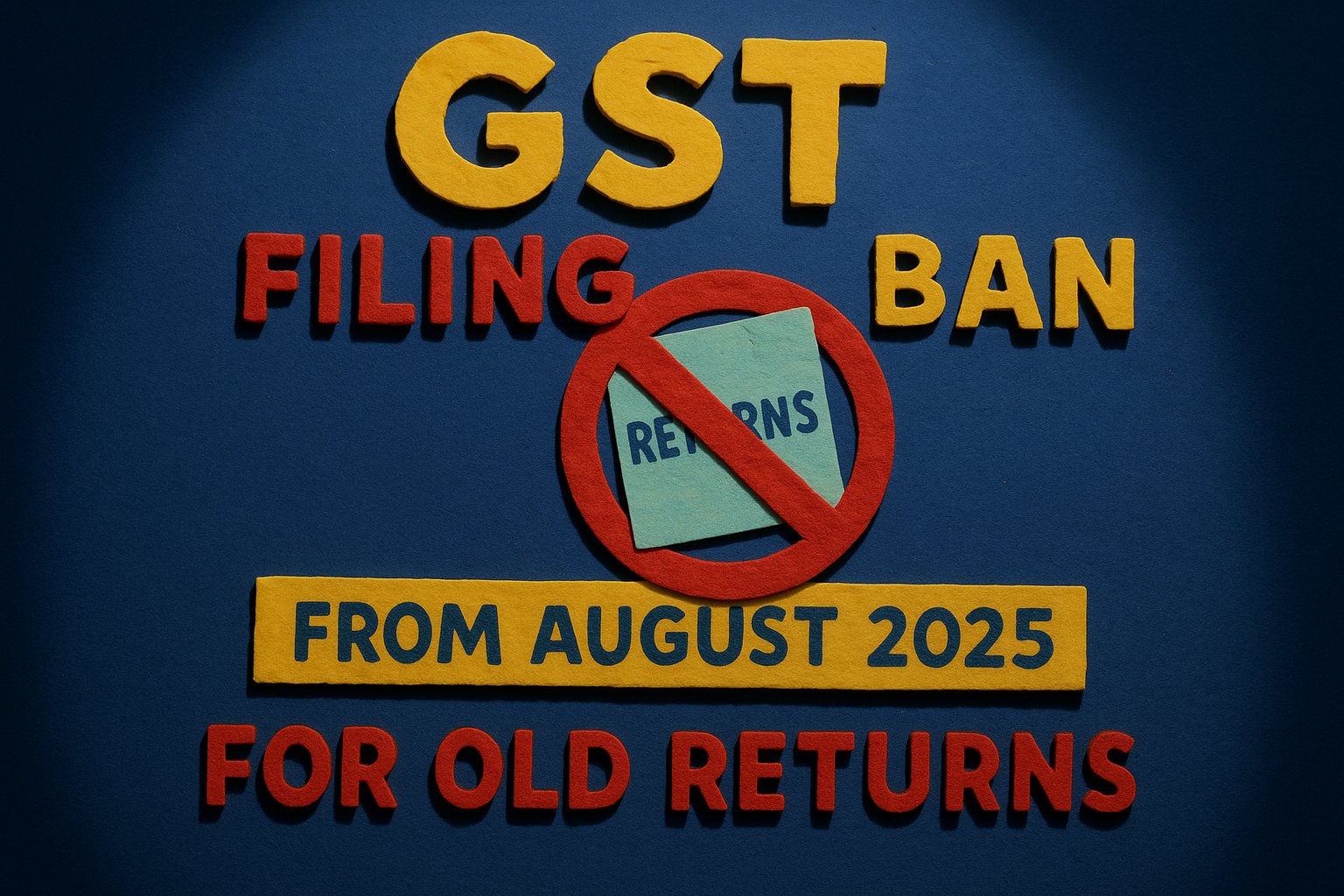The Employee Provident Fund (EPF) is a vital financial instrument in India, serving as a retirement savings scheme for millions of workers across various sectors. Administered by the Employees’ Provident Fund Organisation (EPFO), the EPF scheme is governed by a set of rules and regulations aimed at ensuring financial security and stability for employees during their working years and after retirement. Let’s delve into the key aspects of the EPF rules:
Mandatory Application
i. To every establishment, which is a factory, engaged in any industry specified in Schedule-I and in which twenty or more persons are employed [Sec 1(3)(a)].
ii. To any other establishment employing twenty or more persons or class of such establishments
which the Central Government may, by notification in the Official Gazette, specify in this behalf
[Sec 1(3)(b)].
iii. Provided that the Central Government may, after giving not less than two months’ notice of its
intention so to do, by notification in the Official Gazette, apply the provisions of this Act to any
establishment employing such number of persons less than twenty as may be specified in the
notification. In case of ‘Cinema Theatres,’ the Central Government has fixed the required
employee strength at five (5) for the purpose of coverage under the Act. The Central Government
has also applied the EPF & MP Act, 1952 to all the establishments, employing ten or more persons
and covered under the provisions of the erstwhile the Jammu and Kashmir Employees’ Provident
Funds and Miscellaneous Provisions Act, as it stood before its repeal by the Jammu and Kashmir
Reorganization Act, 2019, with effect from 1.1.2020.
iv. Mandatory application of the Act is, however, subject to the provisions contained in Section 16
which allows for exemption from the application of the Act itself.
Voluntary Application
i. Notwithstanding anything contained in Sub-Section 3 of Section 1 or-Sub-Section 1 of Section 16, where it appears to the Central Provident Fund Commissioner, whether on an application made to him/her in this behalf or otherwise, that the employer and the majority of employees in relation to any establishment have agreed that the provisions of this Act should be made applicable to the establishment, the CPFC may, by notification in the Official Gazette, apply the provisions of this Act to that establishment on and from the date of such agreement or from any subsequent date specified in such agreement [Sec 1(4)].
As can be observed, application from the employer is not an essential requirement; CPFC’s
satisfaction of consent of employer and majority of employees is the essential condition. In
case of voluntary coverages under section 1(4), application of the Act can only be from the
date of agreement, or some subsequent date specified in the agreement. There cannot be any
retrospective coverage under section 1(4). ‘Notification in Official Gazette’ is an essential
requirement for application of the Act under section 1(4) cases. Till notification is issued, the
establishment is technically free to withdraw its application.
Reduction in Strength
It has also been made clear under Section 1(5) of the Act, that once an establishment is brought
under the purview of the Act, it shall continue to be governed by the Act notwithstanding that the
number of employees at any time falls below twenty (five in respect of Cinema Theatres).
Clubbing
i. Branches and departments of an establishment should be clubbed together for the purpose of
determining the employment strength. In accordance with Section 2A of the Act, where an establishment consists of different departments or has branches, whether situated in the same place or different places, all such departments/branches should be treated as part and parcel of the main establishment for the purpose of application of the provisions of the Act.
ii. Coverage of establishments by virtue of having a Common Provident Fund with another
establishment. Where immediately before the Act becomes applicable to an establishment, there is in existence a Provident Fund, which is common to the employees in that establishment (which is coverable) and employees in any other establishment (which is not coverable), the Central Government may, by notification in the Official Gazette, extend the Act to such establishment which is not otherwise coverable under the Act, in accordance with the provisions of Section 3 of the Act.
Exemption from the Act

Registration
Depending on its type, an establishment can register under the Act using any of these online
portals:
| Portal | URL | Type of Establishment |
|---|---|---|
| MCA Portal | http://www.mca.gov.in/ | All Companies w.e.f. 15.02.2020 |
| Shram Suvidha Portal | https://registration.shramsuvidha.gov.in/user/login | Any other type of establishment |
specified on the portal. The employer has to digitally approve the filled form.
iii. The code number allotment letter and documents uploaded by the Employer are available with
field offices on FO interface. The same should be downloaded and scrutinized properly and
promptly. If any specific document is found missing or is not readable, the same should be
collected by the RO/DO from the establishment through email or otherwise.
iv. E-office compliance file of the establishment would be created with these documents downloaded from the FO interface which should be put up by the section to the Circle Officer for confirmation of receipt of the basic documents.
Categories of Employer’s Contribution to EPF
| Category | Percentage of Contribution (%) |
|---|---|
| Employees Provident Fund (EPF) | 3.67 |
| Employee’s Deposit Linked Insurance Scheme (EDLIS) | 0.50 |
| Employees’ Pension Scheme (EPS) | 8.33 |
| EDLIS Admin Charges | 0.01 |
| EPF Admin Charges | 1.10 |
How to Calculate Employees’ Provident Fund?
Employee’s Contribution: No matter the employee’s income, the contribution to PF is 12% of the Basic Pay + DA. Employee Contribution to EPF = 12/100 * (Basic + DA)
Employer’s Contribution: The employer’s contribution to PF is as follows: Employer’s Contribution to EPF = 3.67/100 * (Basic + DA)
8.33% goes to the Employee Pension Scheme
Different Forms
| Form Name | Need for the Form |
|---|---|
| Form 2 | For nominating and declaring the nominee |
| Form 5 | For registering for EPS and EPF |
| Form 5 IF | Fill this form to avail a claim for the EDLI scheme |
| Form 10C | Necessary for availing of the withdrawal benefits and scheme certification |
| Form 10D | Helps to avail of monthly pension |
| Form 11 | For transferring EPF account |
| Form 14 | Needed for purchasing of LIC policy |
| Form 15G | Necessary to avail of tax-saving benefits on the interest |
| Form 19 | Needed to settle the Employees’ Provident Fund |
| Form 20 | Needed to settle the Employees’ Provident Fund when the policyholder has died |
| Form 31 | Necessary for the EPF withdrawal |
Additional info in brief for EPFO users:
Eligibility Criteria:
- Employers: All establishments with 20 or more employees are mandated to register for EPF coverage under the EPF Act, 1952.
- Employees: Any individual employed in an organization covered under the EPF Act becomes eligible for EPF contributions.
- All employees drawing a salary are eligible for EPF.
- Moreover, it is compulsory for all employees earning less than ₹15,000 to register for the EPF.
- However, employees earning more than ₹15,000 can also voluntarily stay in the EPF scheme.
- Hence, these were the EPF pension eligibility rules.
2. Contribution Structure:
- Contributions: Both the employer and the employee make monthly contributions to the EPF account. The current contribution rate stands at 12% of the employee’s basic salary and dearness allowance, with an equal contribution from the employer.
- Calculation Basis: Contributions are calculated on the employee’s basic salary plus dearness allowance.
3. EPF Account Management:
- Universal Account Number (UAN): Every EPF member is assigned a UAN to track their EPF contributions throughout their career.
- EPF Passbook: Employees can access their EPF passbook online on the EPFO portal to view contributions, interest earned, and withdrawals.
4. Interest and Dividends:
- Interest Rate: The EPF contributions earn interest, which is declared annually by the EPFO. The interest rate is subject to periodic revisions.
- EPF interest rate 2023-24 is 8.15%, as per the EPFO’s (Employee Provident Fund Organisation) norms. A current EPF interest rate was fixed at 8.15% as per order number INV-11/2/2021-INV/2766 dt. 24-07-2023
- Dividend Earnings: EPF funds may also be invested in securities and instruments, with any dividends earned being credited to the EPF account.
5. Withdrawal Provisions:
- Purposes: EPF withdrawals are permitted for purposes such as retirement, unemployment, marriage, education, medical emergencies, housing, and home loan repayments.
- Premature Withdrawals: Premature withdrawals are subject to certain conditions and may attract penalties.
6. Transfer of EPF Account:
- Portability: Upon changing jobs, employees can transfer their EPF account from the previous employer to the new employer to ensure continuity of savings and benefits.
7. Nomination and Beneficiaries:
- Nomination: Employees are required to nominate beneficiaries for their EPF account. In the event of the employee’s demise, the nominated beneficiary receives the accumulated EPF balance.
8. Employee Pension Scheme (EPS):
- Pension Component: The EPF scheme includes the Employee Pension Scheme (EPS), which provides a monthly pension to retired employees based on their years of service and contributions.
9. Online Facilities and Grievance Redressal:
- Online Services: EPF members can avail online services such as initiating withdrawal requests, checking account balance, updating details, and tracking claim status through the EPFO’s Unified Member Portal (https://unifiedportal-mem.epfindia.gov.in/memberinterface/).
- Grievance Resolution: The EPFO has mechanisms in place for addressing grievances related to EPF, including online grievance submission and resolution.
The EPF scheme plays a crucial role in ensuring financial security and stability for employees in India. By adhering to the rules and regulations governing the EPF, both employers and employees can maximize the benefits of this essential retirement savings scheme.
Visit www.cagurujiclasses.com for practical courses











